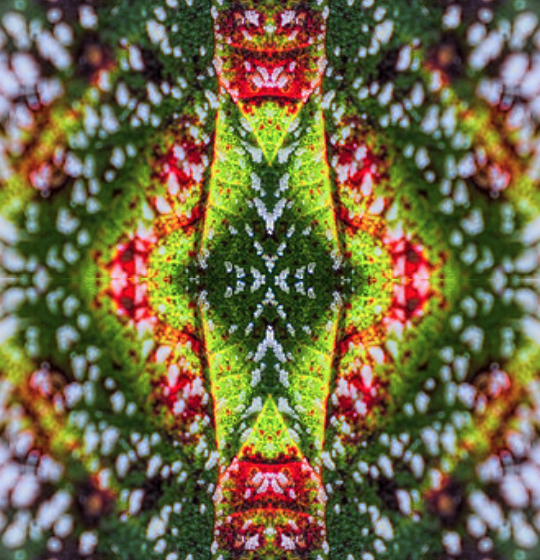
If the mirror in the Narcissus myth stands for a "projection" which is dangerous, and should be avoided on pain of suffering Narcissus’ fate, then what exactly is it about "projection" which makes it so risky?
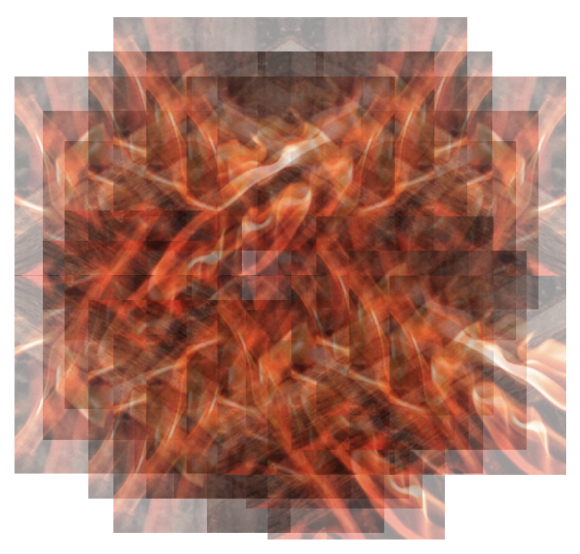
We have now looked into two of the three marks that distinguish soul-work (psychology) from spirit-work: pathologizing and anima confusions are regarded as inherent activities of the soul, and therefore in soul-work we must attend to them and engage them on their own terms, rather than trying to get rid of them.
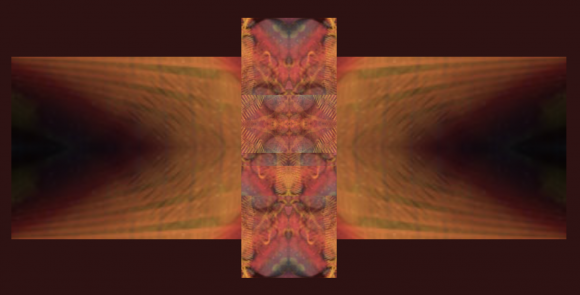
In Mysterium Coniunctionis, Jung points to a fundamental difference between Christian religion and alchemy. Both are concerned, according to him, with the monumental task of unifying opposites; but Christian religion finds these opposites projected in spirit (Geist) and alchemy projects them into physis (Stoff), whereas “none locates the problem where it originated, namely, in the human soul”...

Is there a difference between spirit and soul? In his survey of what the term "spirit" means, Jung notes in passing that it is “common opinion that spirit and soul are essentially the same and therefore only arbitrarily separable”. And it is true that, in Jung’s work, the use of notions such as “psyche”, “spirit”, and “soul” seems at times arbitrary or at least vague...
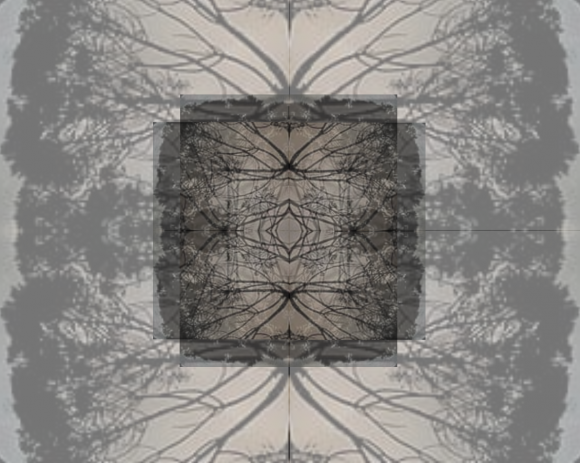
Jung’s two essays on synchronicities and on spirit in the fairy tale have a striking claim in common: that there is a “hidden meaning [Sinn] behind the chaotic events in life”. It will be interesting to compare how the two essays introduce the core finding: there is an interesting commonality, and one important difference.
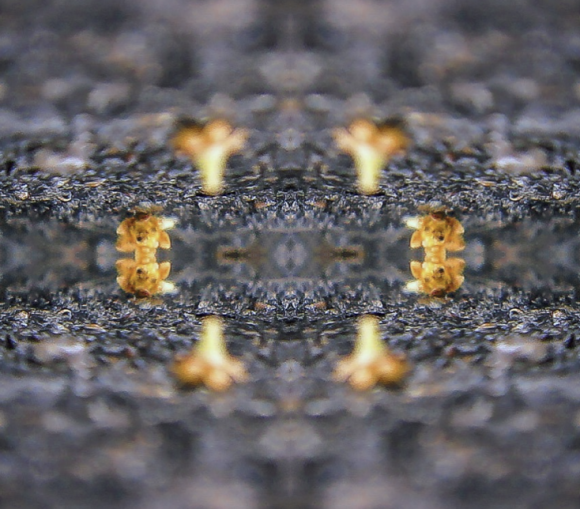
I have explored, in some depth now, a particular archetypal idea: that “there is a hidden meaning behind chaotic life”. The way I have explored it was through Jung’s essay on spirit, which deals explicitly with it. But there is a connection between this idea and synchronicities, which Jung, it seems, didn’t make.
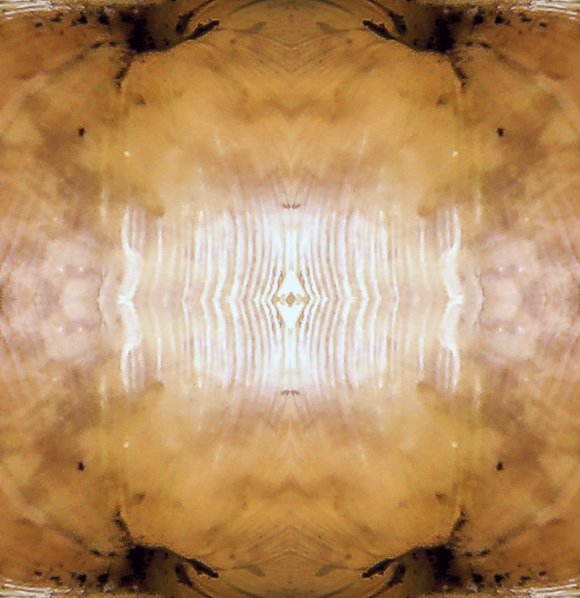
In the case of Spirit, Jung does not talk about an individual’s process of integrating archetypal contents as psychological functions: he claims that such a process happened as an overarching development in the history of the human species. That, of course, is a variation on an origin myth: a phantasy, projected backwards into history.